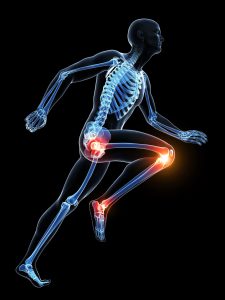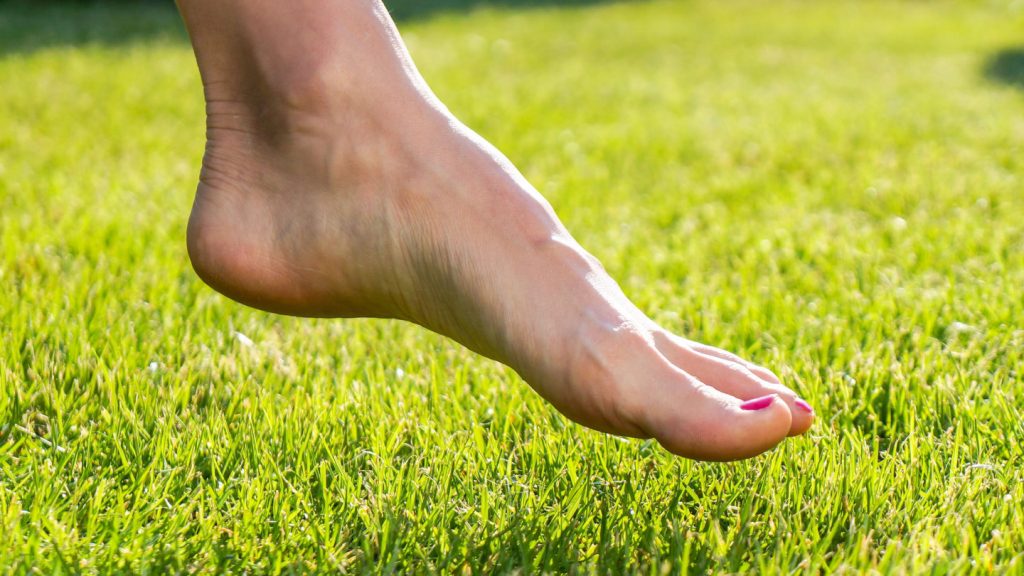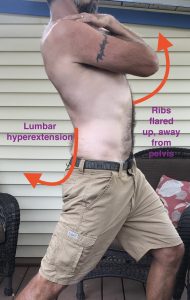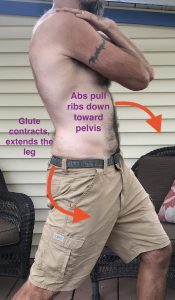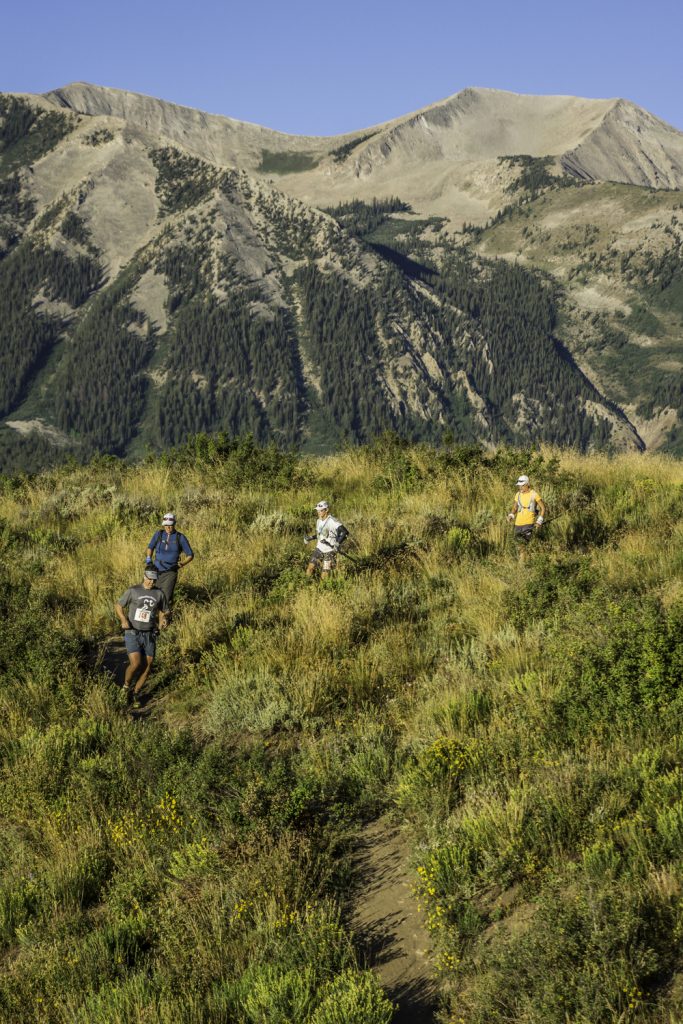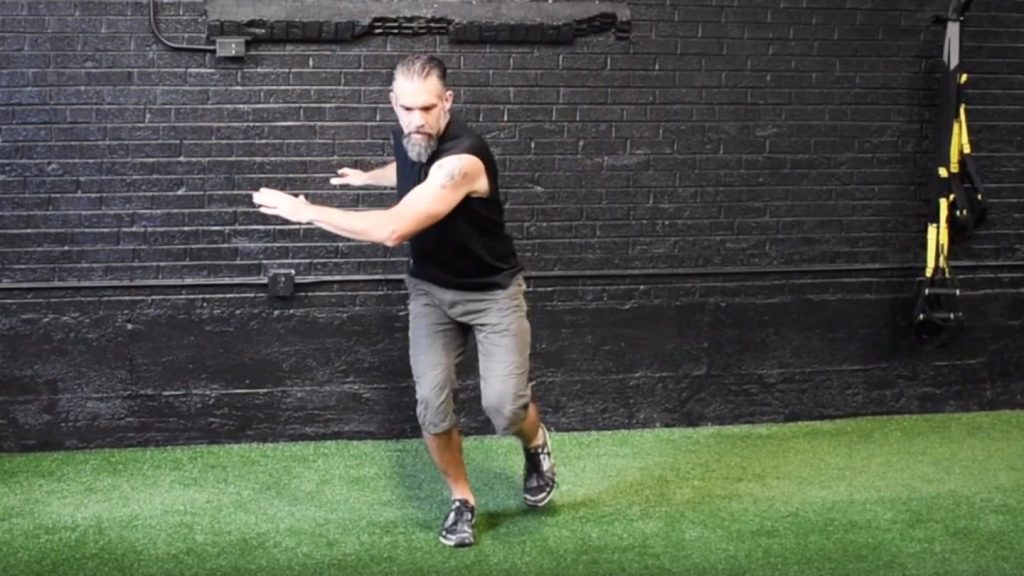It is with a snarling, frustrated, heavy relieved, accepting, grateful heart that I must call an abrupt end to my 2018 trail racing season. I’ll miss both the Pikes Peak Ascent and my main event, the Grand Traverse. It’s all due to a gimpy left calf and a bad decision on my part.
Good decisions
The calf strain came a few weeks ago while climbing during a race. I did the right thing. I quit the race and avoided further injury. I took two weeks off from running. I saw Dr. Nick Studholme who taped my foot and calf and helped me understand the injury. We decided on a collection of exercises to help the area heal and get stronger. I did calf and lower-leg strength work to my level of tolerance.
Last Monday I did an easy road run for the first time and I felt good. Great! Then I had a decision to make: Do I continue a slow, gradual return to running protocol? Or do I jump quickly back into hard training?
A bad decision
I chose option two, a seven-mile trail run with intervals. Everything felt fine until about mile three. I took a big step off a rock, landed on my left foot, and felt some pain low in the calf, the same area that was hurt in the race. I didn’t crumple in agony but there was noticeable discomfort. I kept running. I hoped the pain might fade out or simply be a minor annoyance. It hurt more as I ran and hurt less when I walked. That is a clear-cut indication of an acute injury that must be unloaded and allowed to rest. I made the wrong decision.
The Pikes Peak Ascent is two weeks away. Uphill running will put my calf under massive stress. I was running uphill when I hurt it the first time. Two weeks is probably enough time to start running again, but by god isn’t nearly enough time to prepare for an 8000 ft. ascent.
Madness
The 40+ mile Grand Traverse is four weeks away. Four weeks… That’s not much time… Is it enough time…? If you’re an endurance athlete then you may recognize the following line of “reasoning.” The conversation I had with myself went something like this:
“I’ve heard of athletic miracles, of players coming back from near-disastrous injuries and illness with incredible performances. Can that be me?”
“Can I replace running with mega-miles on the bike, rehab the calf, and get to the start line of the Grand Traverse?”
“Are there miracle drugs? Can steroids help? If so, should I attempt to use them?”
(I’ve never considered steroids but I did learn a few things about them. The good news is that several significant factors including ugly/weird other effects put me off this route.)
Panic
I screeched into a blistering panic for about 48 hours. I came up with all sorts of irrational, desperate thoughts. It was agonizing and depressing. The emotional part of my brain had a flailed and reeled as the rational part held up the facts about my injury and the reality of running a 40-mile race in four weeks.
Waaah! The poor privileged white man may not get to run recreationally through the woods!
In the context of the wider world, of suffering, of true hardship, this was not an actual problem… but sometimes things bother me.
Sanity and calm
I spoke with my coach, Andrew Simmons of Lifelong Endurance. He helped me. He did what a good coach should do: Tell the truth. We both agreed that Pikes was out. As for the GT, he said there was a far outside possibility that I could jog/hike the race, stagger across the finish line in misery, damage my calf severely, and destroy my ability to run for 60-90 days. These were the facts. My decision was crystal clear. No more racing. Heal up. Get ready for next year.
We agreed to reconnect again in several weeks. He recommended I be able to run 20-25 miles per week with 10-12 mile long runs before I commit to serious training.
To be very clear, I place no blame on Andrew or the running plan for my injury. I was making solid progress and I have been entirely satisfied with Andrew’s coaching. I fully intend to enlist his help again on future races.
The upside
Adverse events are guaranteed to happen. Any athletic endeavor comes with risk. Trail running is risky. Ultra-distance running even more so. There are innumerable variables that must align for a successful race and a successful season. It’s entirely likely that something or several somethings can go wrong. How does one react? To me, that’s a crucial issue. Does one wallow in self-pity and self-criticism or is there a better way? I choose to observe several positive details:
First and most importantly, my mind is right. I love the training: running in the mountains, preparing to race. My motivation is sky high—I love the process! — and I am deeply grateful for my time on the trail in the mountains. I have every intention of running the races I missed this year. I carry no negative emotions around trail running.
Second, I try to be resilient in these circumstances. I’m not Mr. Spock, I have emotions and I definitely experience the intense anguish familiar to any athlete who’s hobbled by an injury. Once the teeth gnashing and the freakout is over though I try to move forward in a positive way. Ruminating and stewing over past events is wasted energy, it won’t heal my calf faster, and unless you have a time machine I can borrow so I can go back and fix my mistake, I’ll never be able to change the past. Move forward.
Third, I recognize the significance of my weak link. My left lower-leg/ankle/foot/calf is a continual problem. I do just enough rehab/strength work to push the problem away, then I ignore the weak link and the problems return. I believe the recent hard running I’ve done has exposed the weak link again. Calf work is boring for me. I don’t like it so it’s easy to avoid it. The problem is that it’s critical for my running success. (I’ve discussed this in the past.) It stares me in the face. I have a choice: I can continue to follow the same process and thus I should expect the same problem to return. Or I can devote significant energy to build up my lower leg, armor it, make it strong and resilient, and expect to perform better. I have a chance to make a better choice going forward and address my calf strength the way I should.
Finally, I had a great experience working with my coach. We moved my running in the right direction. Specifically, we worked on tempo runs. I got faster over longer distances. The hard runs felt good and I made progress. My final long run of 20 miles felt superb. I fully believe that I’ll return to a high level of performance with Andrew’s guidance.
There is always an upside to a regrettable situation. Always. Now I get to spend a lot of time on the mountain bike!
